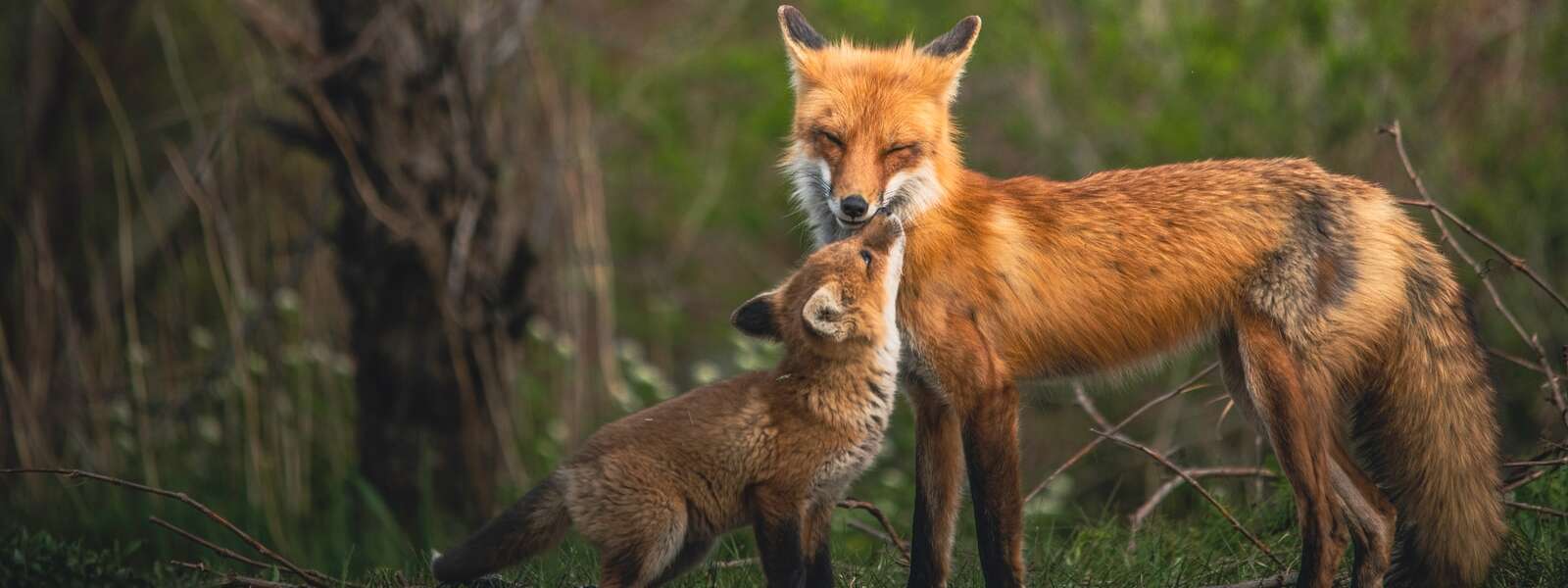The discovery of the first case of avian influenza in two young foxes is a worrying development, says a University of Guelph pathobiologist.
Dr. Scott Weese is the chief of infection control at the Ontario Veterinary College and the director of U of G’s Centre for Public Health and Zoonoses. His research focuses on emerging infectious diseases among animals.

Weese said while it is well known that a new strain of highly pathogenic H5N1 is spreading rapidly among poultry farms as well as among wild birds, including crows, eagles and geese, the discovery of the virus in two young foxes marks the first time the virus has been found in a mammal in Canada.
Weese suspects the fox kits likely caught the virus after eating an infected bird or through interactions with their parents or litter mates, as described in a post on his blog Worms & Germs.
It’s hard to say whether other mammals in Ontario have been infected with H5N1, but it’s likely that there have been other sporadic infections, Weese added.
“The main big-picture concern with spillover infections is the potential for the emergence of a new flu variant, through adaptation of that strain to the new species, or, more critically, recombination of influenza viruses within the new host,” he explained.
“Most of the time, spillover events are sporadic and a dead end for the virus… so it dies out. However, that’s not guaranteed in every case.
‘We simply don’t want more flu viruses in circulation’
“What we’re most worried about is situations where an individual human or animal gets infected with this flu virus and one of the other circulating flu viruses. When that happens, there is the potential that those viruses exchange genes to become a new flu virus, possibly one that is more able to infect people.”
While the risk is likely low, infection of wild mammals shows potential concerns with domestic animals, Weese said. To reduce the risk of a spillover event, it’s important to control flu viruses in wild species as much as possible, as well as to control flu in domestic animals.
“We simply don’t want more flu viruses in circulation,” he said. “The more circulating flu viruses in different species, the greater chance of a problem.”
There’s a theoretical risk that dogs (which, like foxes, are also canids) could become a host for a new strain because they are susceptible to some flu strains. Cats could also be infected with some avian flu strains by eating birds.
The likelihood of dogs or cats becoming infected with avian flu is relatively low, said Weese. Nevertheless, he recommended dog owners use common sense to reduce the risk of their pets being exposed to infected birds or other species.
That means avoiding sick and dead birds, as well as keeping dogs and cats away from sick and dead birds and their poop, and from wandering off in areas where avian flu has been reported.
Weese is available for interviews.
Contact:
Dr. Scott Weese
jsweese@uoguelph.ca
